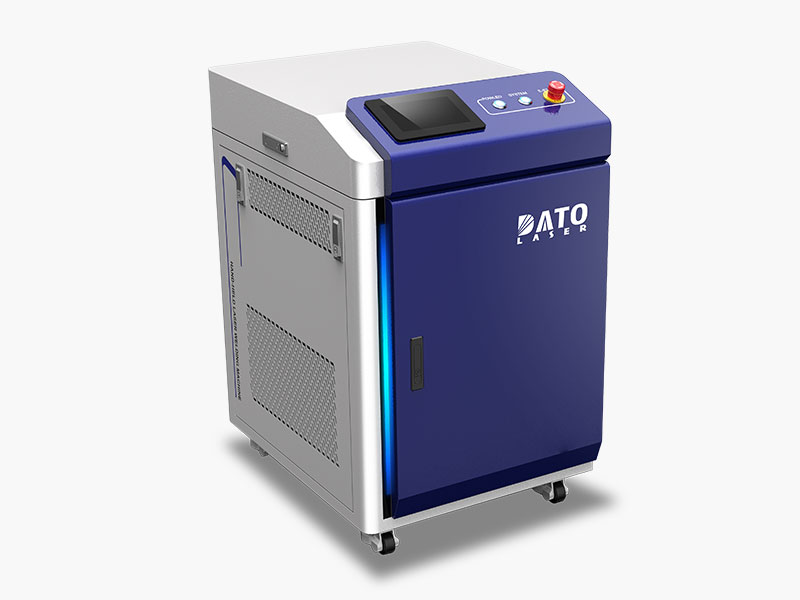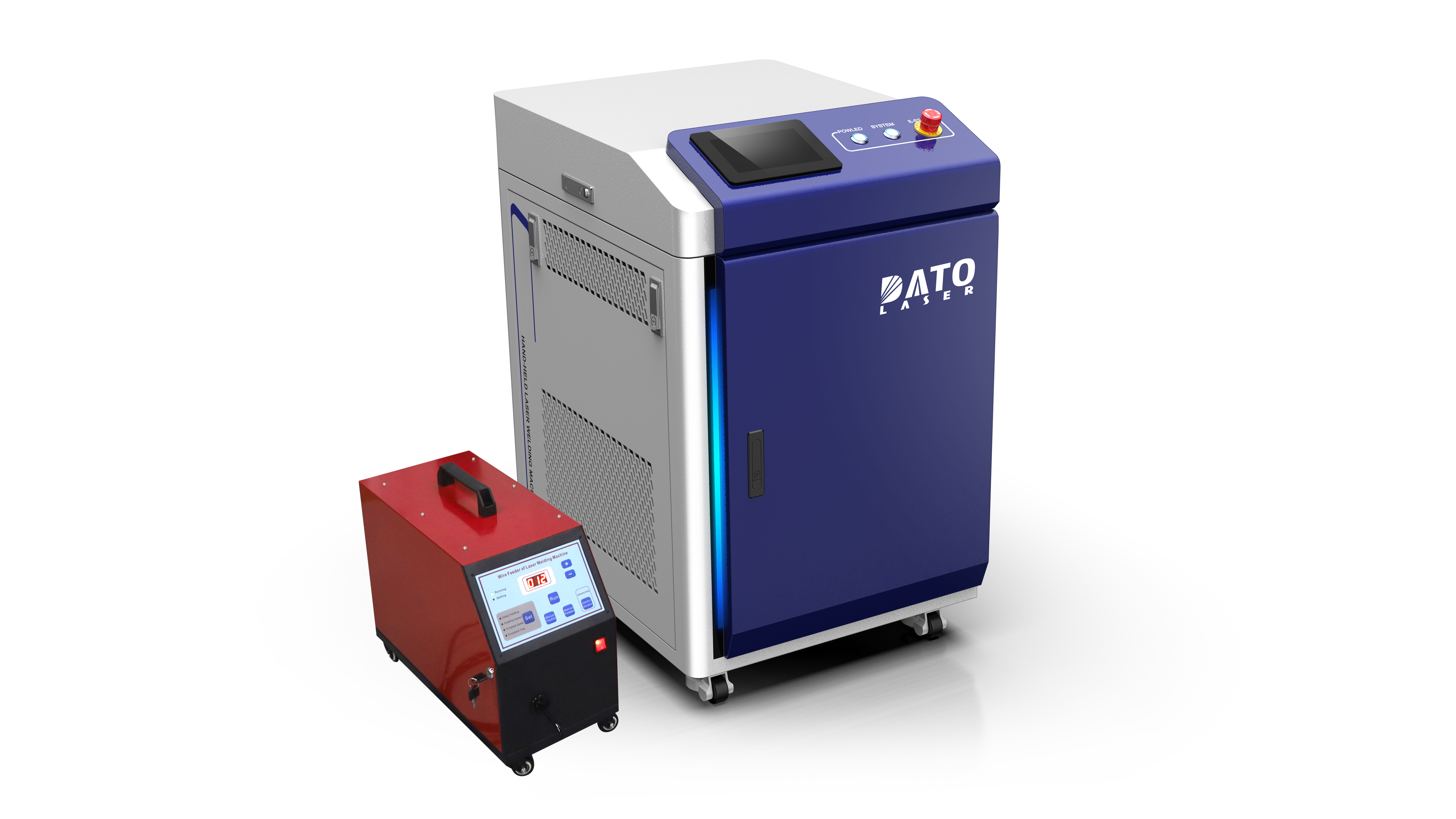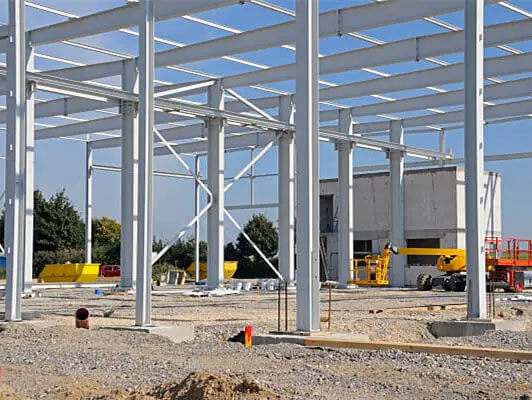Maintenance Guide: Extending the Life of Your Laser Welding Machine

Understanding Your Laser Welding System
The Importance of Regular Maintenance
At Dato & Leapion, we understand that a laser welding machine represents a significant investment in your manufacturing capabilities. Through our extensive experience since 2007, we've observed that regular maintenance not only extends equipment life but also ensures consistent weld quality and reduces unexpected downtime. Proper maintenance helps maintain the precision and reliability that make laser welding superior to traditional welding methods.
Core Components Requiring Attention
Your laser welding system consists of several critical components that require regular maintenance attention. The optical system, cooling system, and mechanical components each play vital roles in the overall performance of your machine. Understanding these components helps establish an effective maintenance routine that protects your investment.
Daily Maintenance Procedures
Optical System Care
The optical system serves as the heart of your laser welding machine. Our technical experts recommend performing daily inspections of the protective window and focus lens. Clean surfaces ensure optimal beam delivery and prevent energy loss that could affect weld quality. Use only approved optical cleaning materials and follow proper cleaning procedures to avoid damaging these sensitive components.
Cooling System Monitoring
The cooling system maintains optimal operating temperatures for your laser welding machine. Daily checks should include verifying water levels, inspecting for leaks, and monitoring temperature readings. Clean water and proper coolant levels prevent overheating issues that could damage expensive components or cause system failures.
Work Area Cleanliness
Maintaining a clean work environment significantly impacts machine performance. Remove weld spatter, metal dust, and debris from the work area daily. This practice prevents contamination of optical components and ensures smooth operation of mechanical systems.
Weekly Maintenance Tasks
Mechanical System Inspection
Weekly mechanical system checks help identify potential issues before they cause problems. Inspect guide rails, ball screws, and other moving components for proper lubrication and signs of wear. Regular lubrication according to manufacturer specifications prevents premature wear and maintains smooth operation.
Gas Supply System Verification
For machines using assist gases, weekly checks of supply lines, connections, and pressure regulators ensure consistent performance. Clean or replace filters as needed, and verify proper gas pressure settings for optimal welding results.

Monthly Maintenance Requirements
Comprehensive System Testing
Monthly maintenance should include thorough testing of all safety systems, including emergency stops and protective enclosures. Verify proper operation of limit switches, sensors, and control systems. Document test results and address any issues promptly to maintain safe operation.
Calibration Verification
Regular calibration checks ensure your laser welding machine maintains its precision. Check beam alignment, focus position, and power output measurements. Our technical team recommends maintaining detailed records of calibration data to track any drift in system performance over time.
Quarterly Service Procedures
Deep Cleaning Protocol
Quarterly maintenance should include a thorough cleaning of all system components. This includes disassembling and cleaning beam delivery components, checking electrical connections, and inspecting all cooling system components. Professional cleaning helps prevent accumulation of contaminants that could affect system performance.
Performance Optimization
Conduct comprehensive performance testing quarterly to verify system capabilities. This includes checking beam quality, power stability, and positioning accuracy. Compare current performance metrics with baseline data to identify any degradation in system capabilities.
Annual Maintenance Planning
Professional Service Assessment
Schedule annual professional maintenance with qualified technicians. This comprehensive service should include:
Complete system inspection and testing
Replacement of wear components
Calibration of all critical systems
Documentation of service history and recommendations
Component Replacement Strategy
Develop a proactive replacement strategy for critical components based on usage patterns and manufacturer recommendations. This approach helps prevent unexpected failures and optimizes maintenance budgets.
Troubleshooting and Prevention
Common Issues Resolution
Understanding common issues helps operators identify and resolve problems quickly. Our experience shows that many problems stem from:
Contaminated optical components
Cooling system inefficiencies
Misaligned beam delivery systems
Worn mechanical components
Preventive Measures
Implementing preventive maintenance measures significantly reduces downtime and repair costs. Document maintenance procedures and maintain detailed service records to track system performance over time.
Training and Documentation
Operator Training Requirements
Proper training ensures operators understand maintenance requirements and can perform basic procedures correctly. Regular training updates keep staff current with best practices and new maintenance techniques.
Maintenance Record Keeping
Maintain detailed maintenance records including:
Service dates and procedures performed
Component replacement history
Performance test results
Calibration data
Safety Considerations
Maintenance Safety Protocols
Follow established safety protocols during all maintenance procedures. This includes:
Using appropriate personal protective equipment
Following lockout/tagout procedures
Proper handling of optical components
Safe disposal of maintenance materials
Maximizing Return on Investment
Cost-Effective Maintenance Strategies
Implementing effective maintenance strategies helps maximize the return on your laser welding machine investment. Regular maintenance costs are significantly lower than emergency repairs and production downtime.
Performance Optimization
Well-maintained equipment operates more efficiently, produces higher quality welds, and consumes less energy. These benefits directly impact your bottom line through improved productivity and reduced operating costs.

Conclusion
Proper maintenance of your laser welding machine is crucial for long-term success in your manufacturing operations. At Dato & Leapion, we're committed to helping our customers achieve maximum value from their laser welding equipment through comprehensive maintenance support and technical expertise.
Our maintenance recommendations are based on years of experience and thousands of successful installations worldwide. Following these guidelines helps ensure your laser welding machine delivers consistent, high-quality results throughout its service life.
Contact our technical support team for detailed maintenance information specific to your laser welding system or to schedule professional maintenance service.
Related Blogs
-
 Exploring the Safety, Precision, and Industrial Benefits of Laser Surface CleaningIn today’s fast-paced industrial world, where quality, efficiency, and sustainability are top priorities, manufacturers are constantly seeking better ways to clean metal surfaces without compromising material integrityBlog
Exploring the Safety, Precision, and Industrial Benefits of Laser Surface CleaningIn today’s fast-paced industrial world, where quality, efficiency, and sustainability are top priorities, manufacturers are constantly seeking better ways to clean metal surfaces without compromising material integrityBlog -
 A Complete Guide by DATO and LeapionIn modern industry, surface preparation and maintenance play a crucial role in achieving high-quality manufacturing results. Laser cleaning machines have emerged as one of the most innovative, efficient, and environmentally friendly tools for removing contaminantsBlog
A Complete Guide by DATO and LeapionIn modern industry, surface preparation and maintenance play a crucial role in achieving high-quality manufacturing results. Laser cleaning machines have emerged as one of the most innovative, efficient, and environmentally friendly tools for removing contaminantsBlog -
 Laser cleaning machines are revolutionizing industrial surface cleaning by offering a faster, safer, and more eco-friendly alternative to traditional methods. Whether removing rust, paint, oil, oxide, or other surface contaminants, laser cleaning has become a cutting-edge solution in manufacturing,Blog
Laser cleaning machines are revolutionizing industrial surface cleaning by offering a faster, safer, and more eco-friendly alternative to traditional methods. Whether removing rust, paint, oil, oxide, or other surface contaminants, laser cleaning has become a cutting-edge solution in manufacturing,Blog -
 Introduction: Transforming EV Battery Manufacturing Through Laser TechnologyThe electric vehicle revolution has accelerated dramatically over the past decade, bringing with it unprecedented challenges and opportunities in battery manufacturing. As global automakers commit billions to electrificationBlog
Introduction: Transforming EV Battery Manufacturing Through Laser TechnologyThe electric vehicle revolution has accelerated dramatically over the past decade, bringing with it unprecedented challenges and opportunities in battery manufacturing. As global automakers commit billions to electrificationBlog













